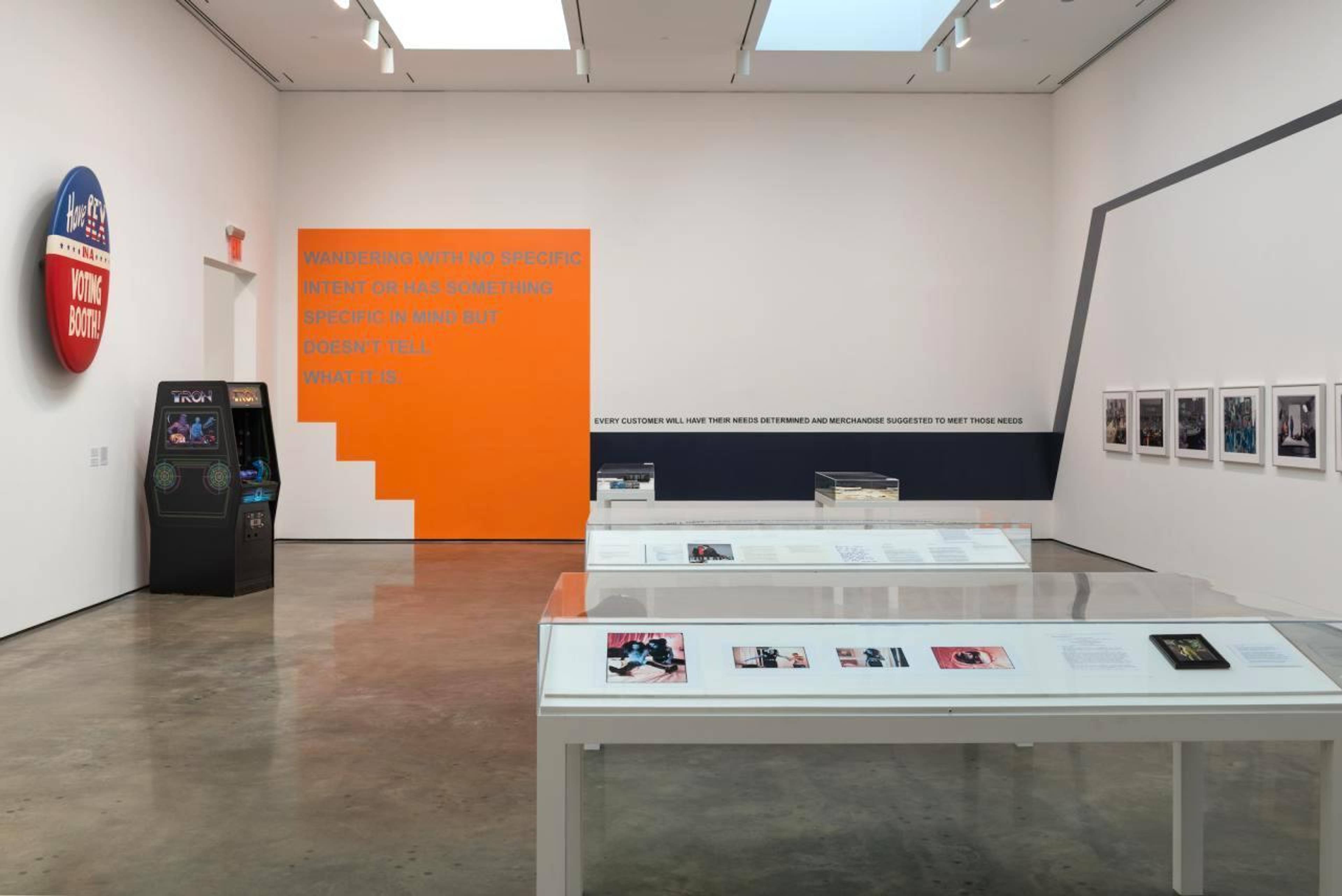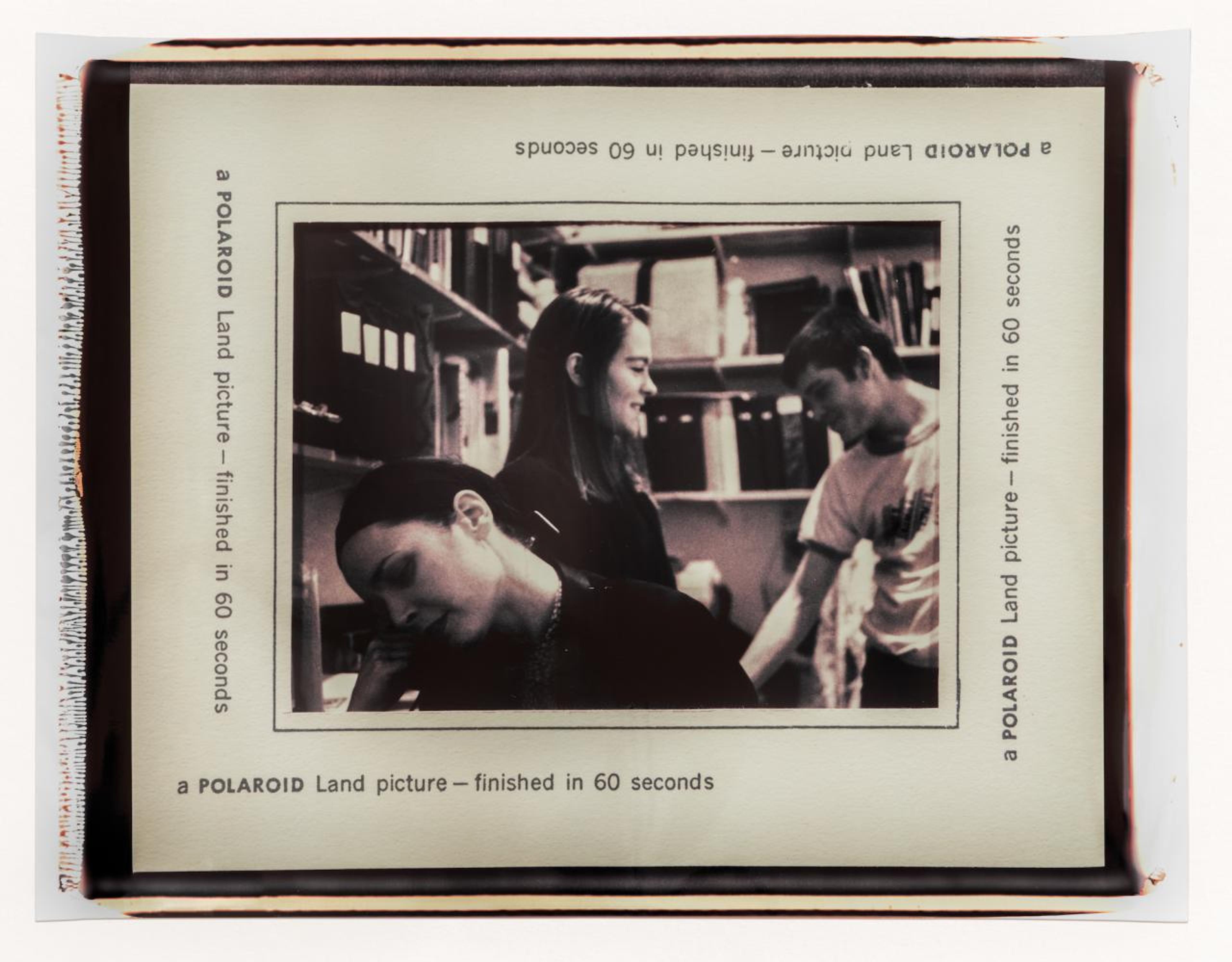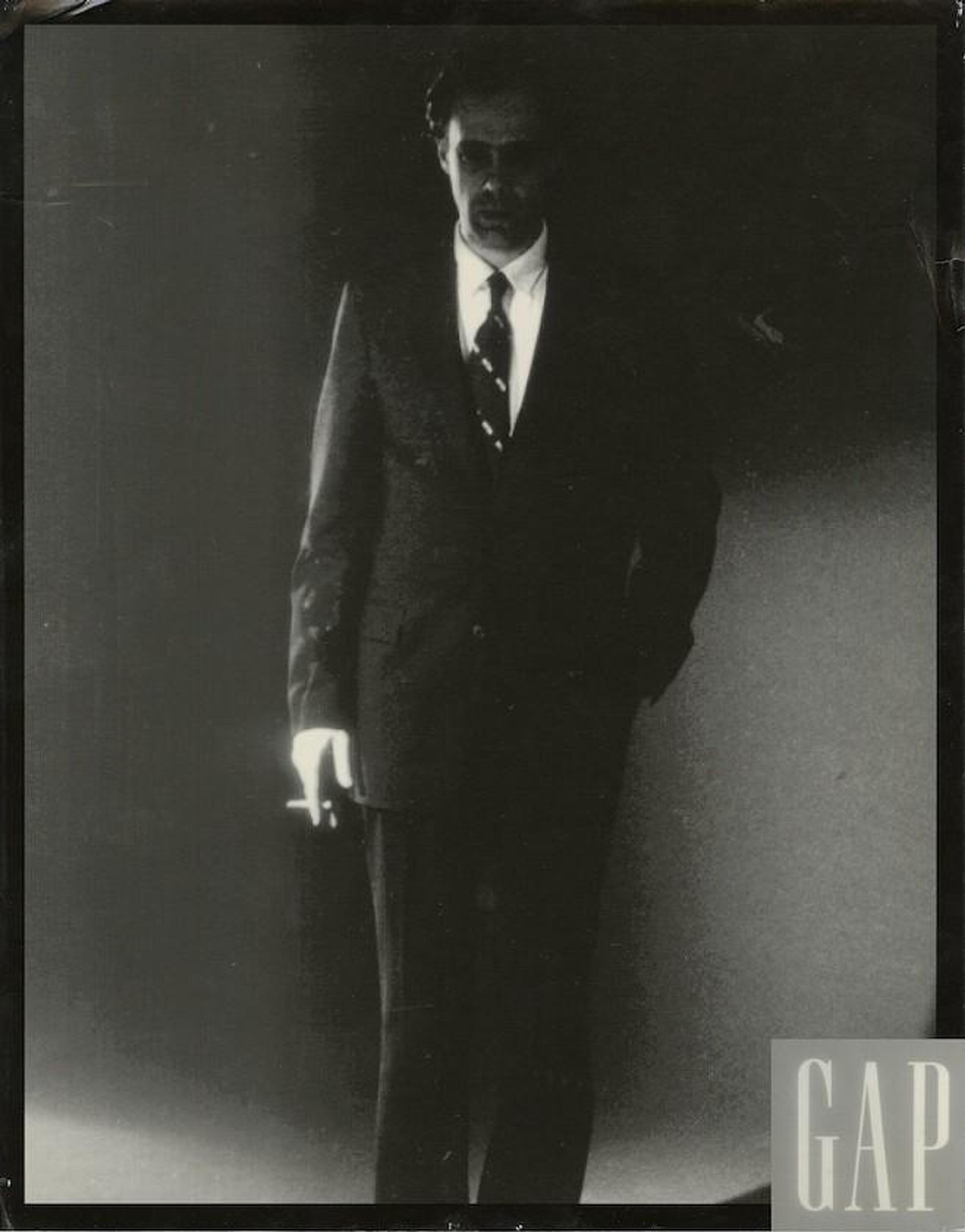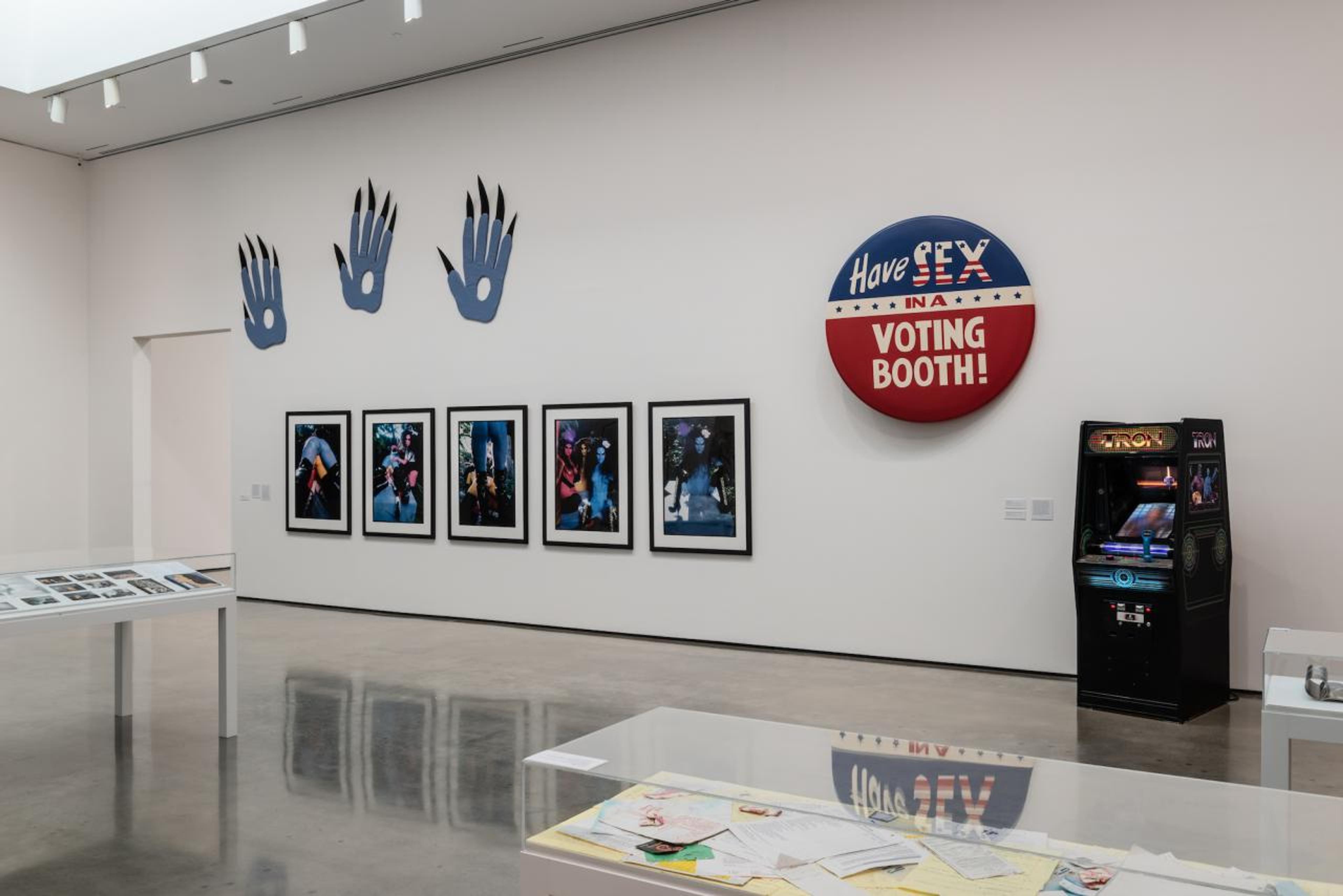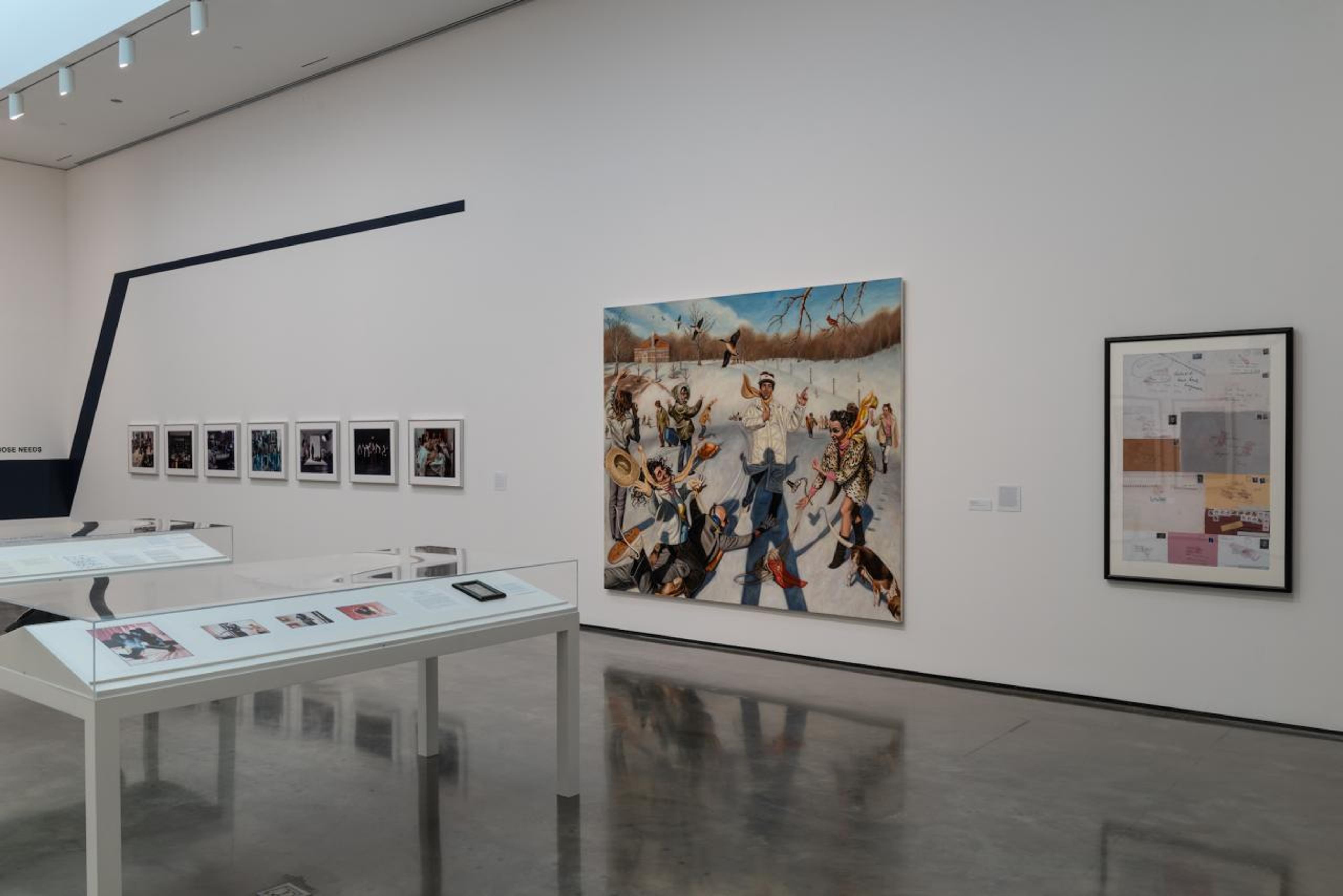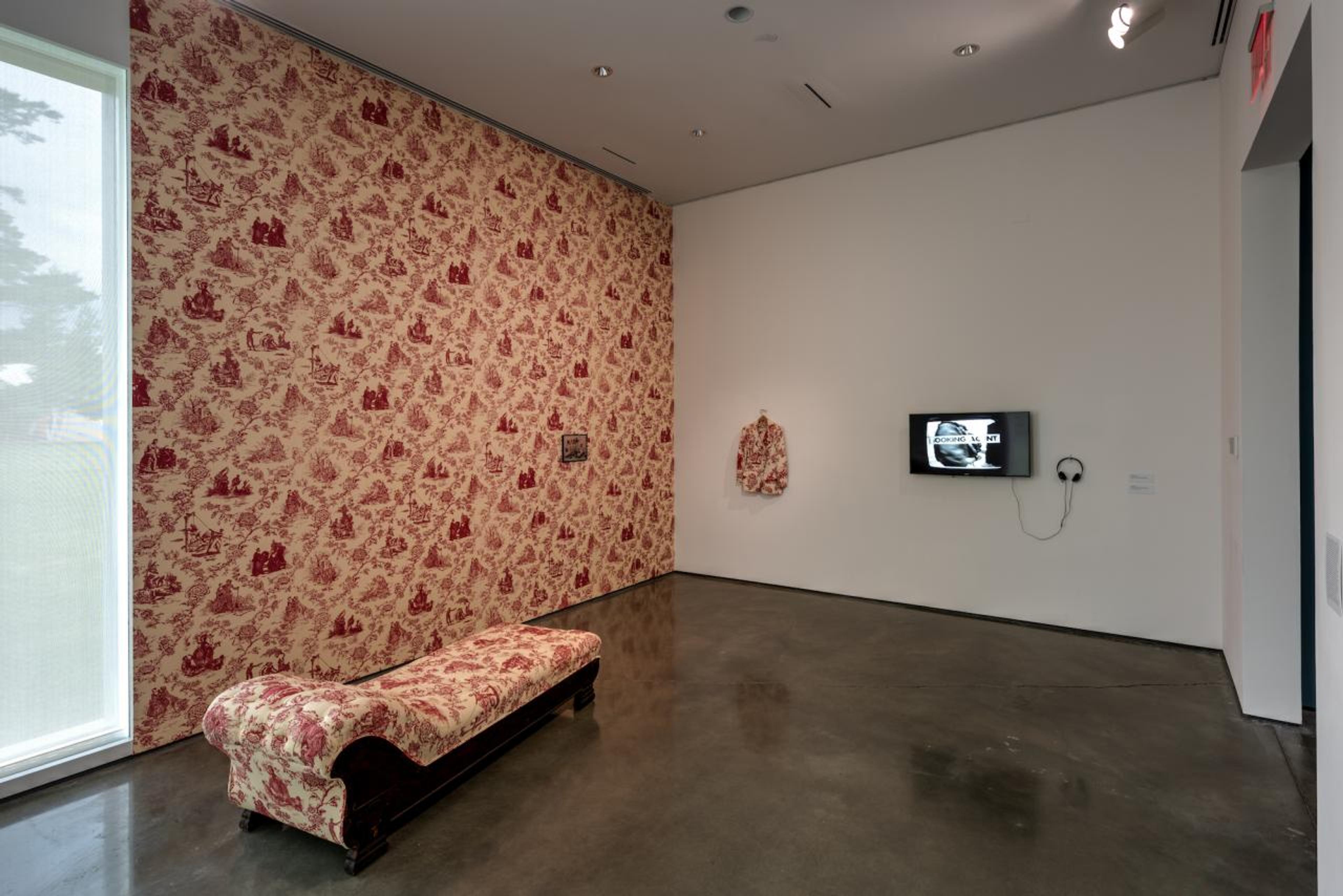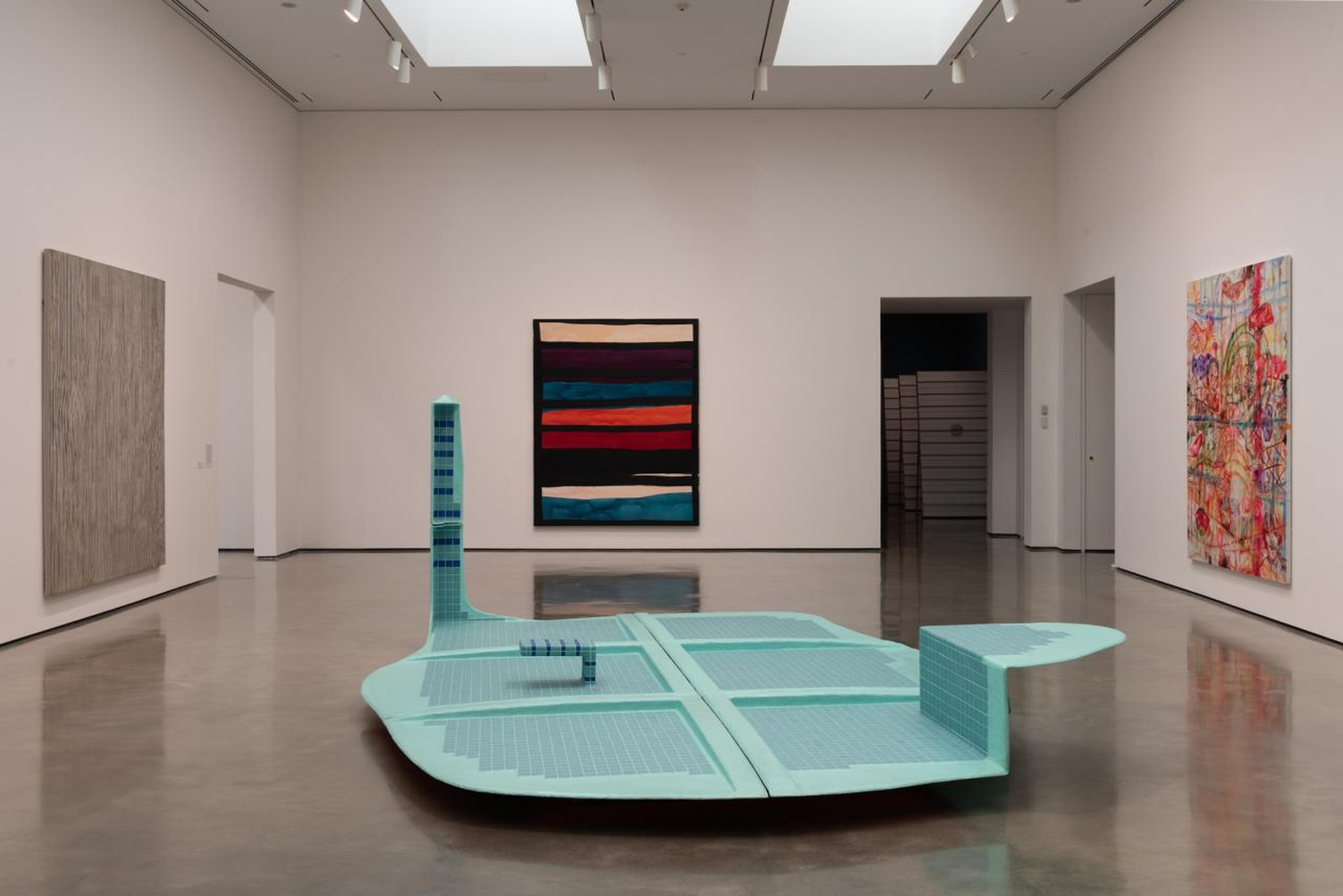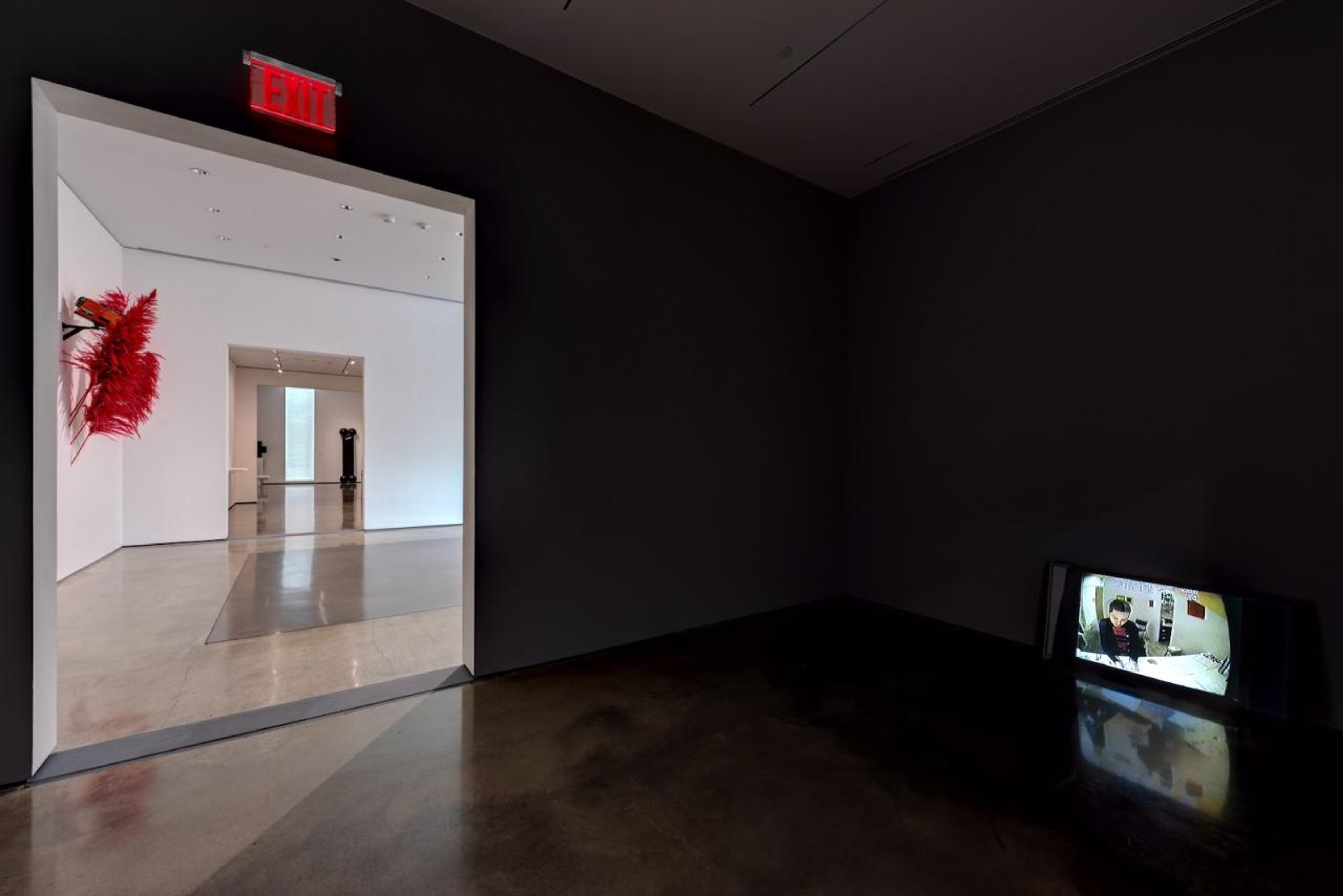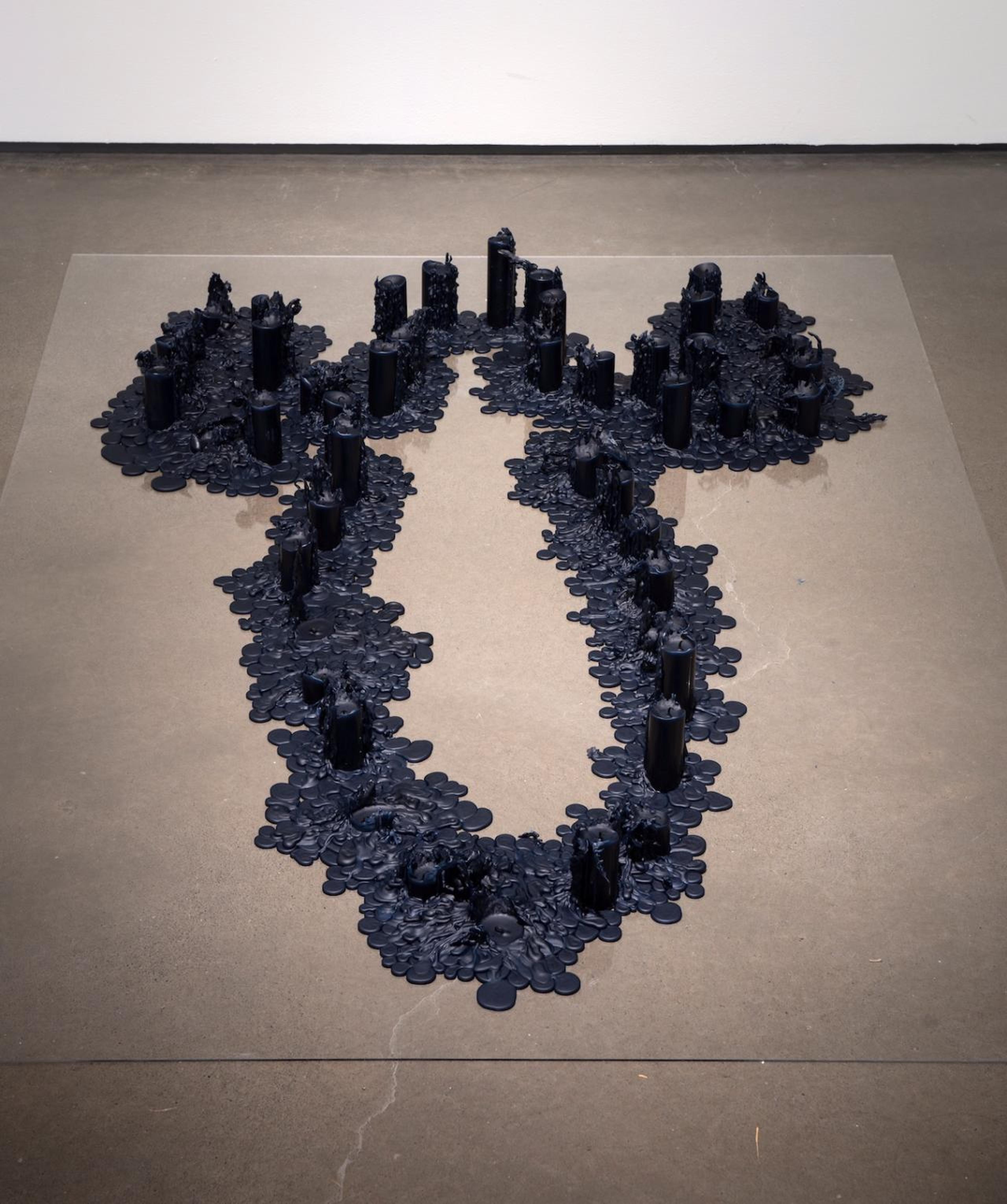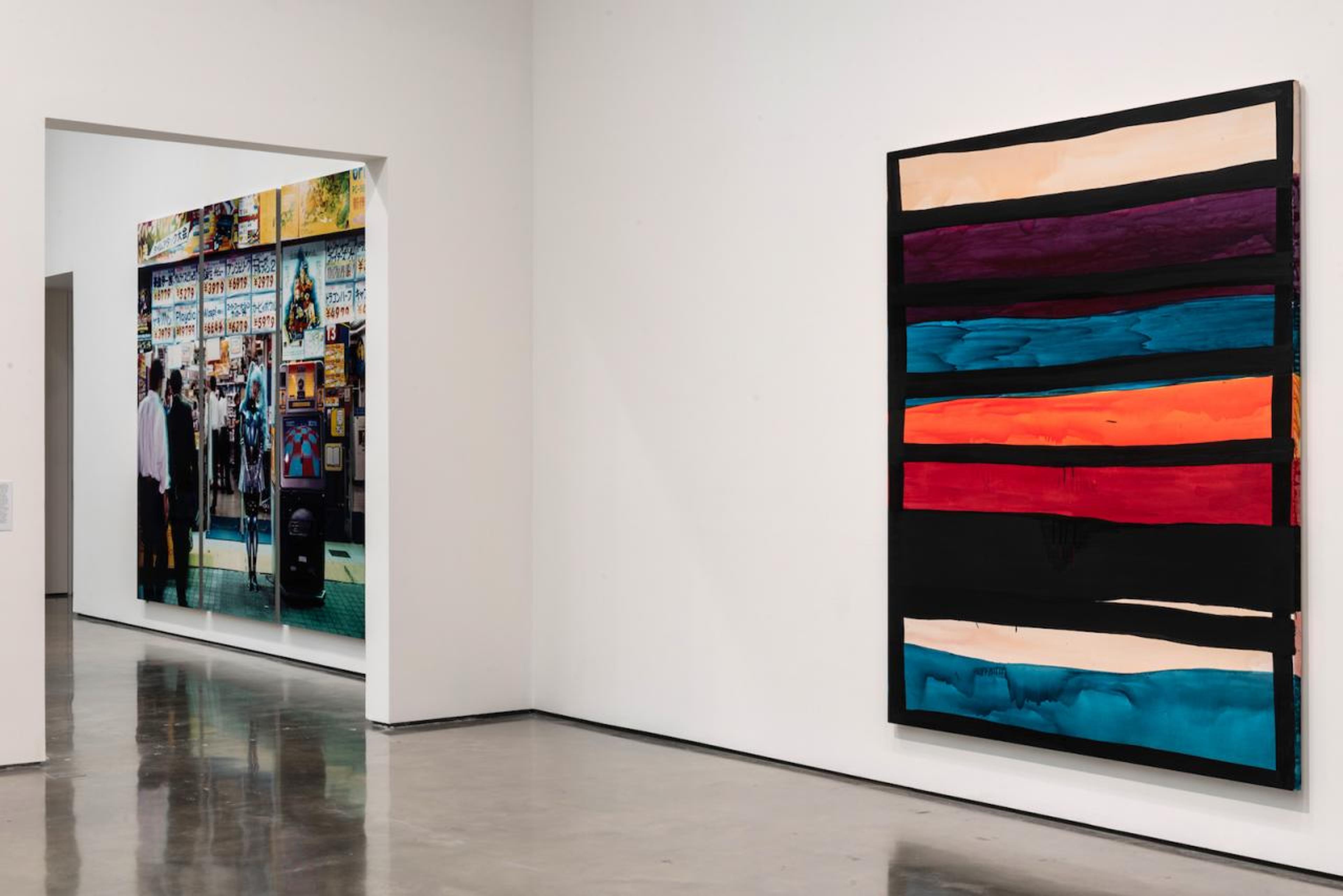Is it possible to stage a museum survey centring on dealers without cynicism? “The Conditions of Being Art” suggests that this might be necessary in a cynical system, thoughtfully examining a time when artists contemplated the vacuity of the signifier and pursued complicity as a dialectic mode of criticality. Colin de Land’s aweless call to “‘Take back’ the museum by rejecting curatorial institution cynicisms ... Make curatorial projects answer to something – like the artistic confidence of the artist – above (somehow) the forces of the market place” sets the tone for the show, which recounts the legacies of two originative and beloved New York galleries: Pat Hearn Gallery (PHG) (1983–2000) and American Fine Arts, Co., Colin de Land Fine Art (AFA) (1986–2004).
Preserving and historicising intuitions and practices of exhibition-making since 1960, the Center for Curatorial Studies at Bard College acquired Hearn and de Land’s archives in 2012. (De Land held theory classes to educate his collectors, some of whom are on CCS’s board.) With contributions by over forty-five artists, the retrospective shows the dealers’ compelling, often incommensurable, affinities and differences, threading the antisystemic and neoconceptual enquiries typical of de Land’s roster through the scrupulous sexual and gender politics of Hearn’s. Unresolvable biases – and the pair’s irrepressible personalities – gift it its structural, cajoling tension.
Jason Simon Pat Leslie and Jimmy, 1994 Polaroid, 20 x 24 cm
Described by Linda Yablonsky as a “clubhouse”, AFA’s social charms are well eulogised; however, climate-controlled and properly inventoried, de Land’s Duchampian endgame veers towards tautology. Ulysses (DOGG) (1987), produced by de Land and Richard Prince as John Dogg, is a stainless-steel-encased spare tyre engraved with the nom de plume “DOGG” that conflates the epic journey of Homer’s (and Joyce’s) “Ulysses” with the psychic emptiness of automotive America. The sculpture snarks at the churlish mythologies of the 80s art market but flattens the generative self-awareness of identity politics. I wish it could be put on the back of a truck, driven off, and chanced upon at a suburban gas station.
It’s tempting to read an earnestness that prefigures the 'banging-your-head-on-the-brick-wall' persistence of activist-dealers making fissures in the market today
While de Land played the maverick, Hearn, spurred by the AIDS crisis, built visibility for underrepresented artists. Although she was photographed by Andy Warhol and Mark Morrisroe, and an iconic presence in the 1980s East Village scene, Hearn hasn’t been hagiographised like de Land – perhaps indicating the lasting difficulties for a feminist dealer breaking a patriarchal system, perhaps because history itself is gendered. Accentuated by personal correspondence, “The Conditions” emphasised her unwavering and fierce support for artists like Morrisroe, Jack Pierson, Mary Heilmann, and Joan Jonas. PHG’s affirmative politics and those of its artists resonate with museum display: it’s tempting to read an earnestness that prefigures, to borrow Sara Ahmed’s definition of diversity, the “banging-your-head-on-the-brick-wall” persistence of activist-dealers making fissures in the market today.
Art Club 2000 Individuals of Style (Colin de Land) (1993) Artforum, Summer 1993, vol. 31 no. 10, p. 61.
Works by artists associated with either gallery mingled among each other, spatialising entwined legacies. The concept of “docu-matter” was inno-vated in the 90s, whereby ephemeral or collateral materials were sold to finance conceptually-driven or performative work. The paradox of “The Conditions” was that, despite insistence on “artistic confidence” and art as foremost an aesthetic argument, docu-matter made up much of the show. (Arguably, all artworks were docu-matter of the meta-artworks that were the galleries themselves.) Renée Green’s 1994 exhibition “Taste Venue” at PHG, for example, dilated art’s commercial structure while questioning its foundational values. Green placed ads in local weeklies, like The Village Voice and City Sun , announcing the “cheap SoHo location” as available for rent. She invited in cultural producers who were otherwise excluded from the rarefied, yet systemic, symbolic capital exchanges of contemporary art. At the Hessel, the project is represented through a video exhibited next to wallpaper made from a toile patterned with engravings related to the transatlantic slave trade. During the show, this not only décored Hearn’s office but the material (designed in 1991 in France and shown at the 1993 Venice Biennale) was also used to fabricate a suit she wore, and an additional photograph depicts artists such as Jutta Koether and Derrick Green covering their bodies with it. The toile’s circulation implicates contemporary art within ongoing colonial legacies, reflecting the era’s lesson that there is a porous line between exposing and embracing complicity. In the shift towards its present documentation, however, a question went under-addressed: How might the Hessel admit its complicity in similarly enactive ways?
Pat Hearn Gallery and American Fine Arts, Co.
“The Conditions of Being Art"
Hessel Museum of Art
23 June – 14 December 2018
HARRY BURKE is a writer based in New York.
– This text appears in Spike Art Quarterly #57 . You can buy it in our online shop –
“The Conditions of Being Art: Pat Hearn Gallery and American Fine Arts, Co. (1983–2004)”, Hessel Museum of Art , 2018, Exhibition view
“The Conditions of Being Art: Pat Hearn Gallery and American Fine Arts, Co. (1983–2004)”, Hessel Museum of Art , 2018, Exhibition view
“The Conditions of Being Art: Pat Hearn Gallery and American Fine Arts, Co. (1983–2004)”, Hessel Museum of Art , 2018, Exhibition view
Renée Green, Taste Venue, 1994 Mixed media sculptural installation with video
“The Conditions of Being Art: Pat Hearn Gallery and American Fine Arts, Co. (1983–2004)”, Hessel Museum of Art , 2018, Exhibition view
“The Conditions of Being Art: Pat Hearn Gallery and American Fine Arts, Co. (1983–2004)”, Hessel Museum of Art , 2018, Exhibition view
“The Conditions of Being Art: Pat Hearn Gallery and American Fine Arts, Co. (1983–2004)”, Hessel Museum of Art , 2018, Exhibition view
“The Conditions of Being Art: Pat Hearn Gallery and American Fine Arts, Co. (1983–2004)”, Hessel Museum of Art , 2018
“The Conditions of Being Art: Pat Hearn Gallery and American Fine Arts, Co. (1983–2004)”, Hessel Museum of Art , 2018
“The Conditions of Being Art: Pat Hearn Gallery and American Fine Arts, Co. (1983–2004)”, Hessel Museum of Art , 2018
“The Conditions of Being Art: Pat Hearn Gallery and American Fine Arts, Co. (1983–2004)”, Hessel Museum of Art , 2018


